So here we are…you’ve done all of your research, decided on the type of crane you need for your facility, selected a manufacturer to partner with, signed an agreement, and cut the deposit check. So what happens next? Overhead crane installation.
As one of the leading manufacturers and installers of overhead crane systems, we understand how many moving pieces and parts there are during the course of a crane installation.
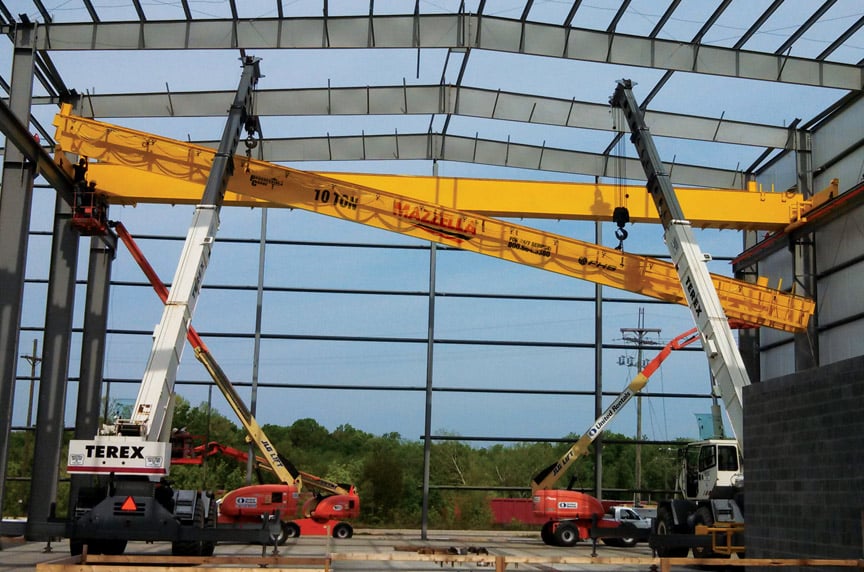
Our hope is that this article will give you a better understanding of the following:
- The timeline of the overhead crane installation—including steps that take place between a signed purchase order, and the day that the installers roll up to your facility with your crane on their trucks
- The communications that take place between your team and the overhead crane installers prior to installation
- What the installers need to know about your facility or construction site prior to installation
Whether this is your first time going through an overhead crane installation, or you’ve gone through multiple crane installations, we hope you can learn something to help keep your next install on schedule, within budget, and your workers safe.
What Occurs Before the Installation of an Overhead Crane System?
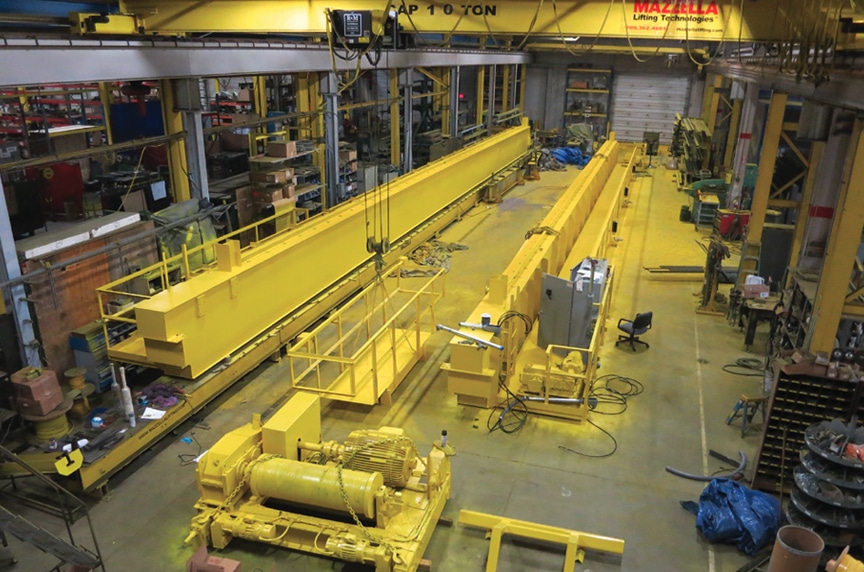
Any special considerations for an overhead crane installation actually begin during the quotation process. During that process, the overhead crane installer will review generic drawings of the crane equipment and review blueprints or building floor plans to give their best estimate of what it will take to install an overhead crane in the customer’s facility.
In the quote, the crane installer will provide a window or time frame that they think they’ll need to complete the crane installation. This can range anywhere from 2-10 business days, to a longer time period for more extensive or complex crane installations. This estimated installation window will be consecutive working days—once they’ve brought the cranes, trucks, materials, and all installation equipment on-site, they can’t break up their time, or stop and re-start the installation, without significant increases to cost of the crane installation.
Once a purchase order is received, the overhead crane manufacturer will begin building and assembling the crane itself—a process that can take anywhere from 2 to 12 months.
About a month out from the expected completion date, the installer will reach out to the customer or general contractor to establish contact with the necessary parties. During this initial contact the following will be established:
- Introductions between the installers and the general contractor, or staff who will be involved during installation.
- Set up a time to come out and perform an analysis of the job site or facility.
- Agree on an anticipated installation date. Know that this is a fluid process and the date can change due to production schedules and/or construction delays.
- Set up a weekly status call to determine if the project is still on track. This helps to keep an open line of communication so any issues or challenges can be addressed that may affect the installation time frame.
Before an overhead crane can be installed, the installer will want to visit and analyze the proposed building or job site to get their bearings, understand the layout, and identify any potential hazards or obstacles. While they’re on site, they’ll consider and evaluate the following things:
- Scope of work
- Installation area
- Identify potential hazards
- Details for existing runways or new construction runways
Keep reading, as we’ll break down what each of these means, as well as provide you with some additional considerations to make sure that your overhead crane installation goes as smoothly as possible.
Evaluate the Scope of Work
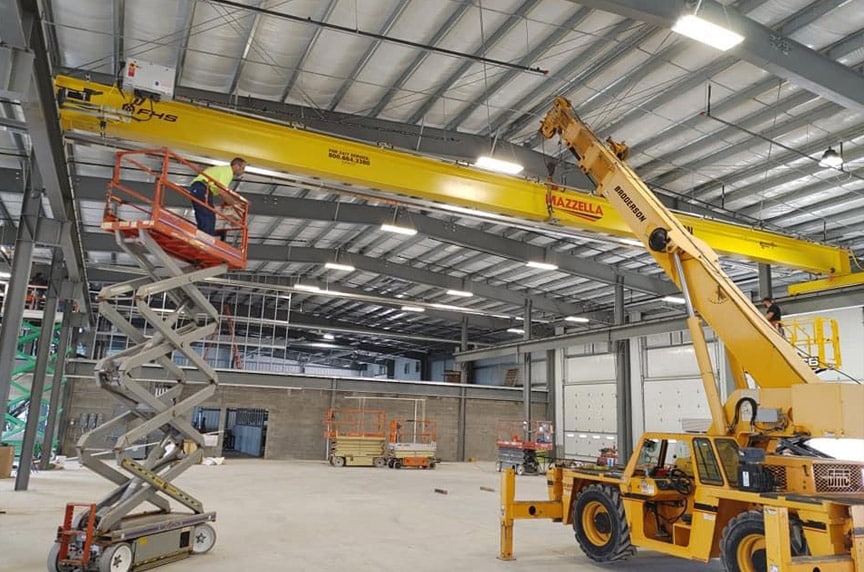
Once you’ve signed an agreement to purchase an overhead crane, the installer will receive a copy of the purchase order. Once they receive the purchase order, your overhead crane installer will contact you and arrange to come to the job site and meet with your team. This meeting typically involves a Maintenance Supervisor or Plant Manager for an installation at an existing facility, or a General Contractor at a new construction site.
The installers will want to review any signed approval drawings and building prints to get an understanding of the space that they’ll be working in, as well as the span and length of the runway structure that the overhead crane will be utilizing.
They’ll also begin compiling a list of equipment and materials that will need to be brought on site for installation. This can include:
- Semi-trucks, trailers, and flatbeds
- Mobile installation cranes to lift the bridge and runway beams
- Generators
- Scissor lifts
- Personal fall protection equipment and other personal protection equipment (PPE)
The crane installer also wants to identify where they can access the building to bring in their equipment and materials. The cranes will be loaded onto flatbed trailers and hauled onto the site, so they will need free and clear access for trucks, mobile cranes, and personnel to move freely in and out of the facility without disruption.
Working with the General Contractor or Production team at the facility, the installer will want a clear picture of the timeline for the overhead crane installation. They’ll need to know what production or construction issues may occur that could cause a delay in scheduling the crane installation.
Review the Area Where the Overhead Crane Will Be Installed
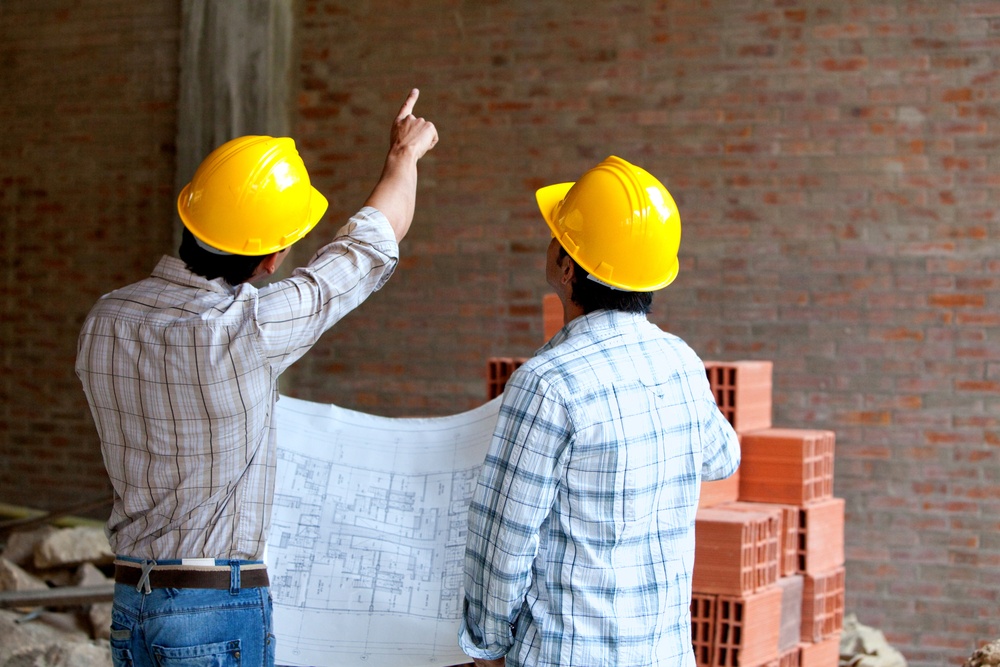
During their site visit, the overhead crane installers will spend a good amount of their time reviewing the area where the crane will actually be installed. On a new construction project, they’ll start roping off the area to give the General Contractor an understanding of the area that they will need to be cleared out during the crane installation process.
The crane installers will also identify any equipment or machinery that needs to be moved out of the way so that their trucks and equipment can get onto the grounds of the facility, set up a staging area, and have free and clear ground access to the site.
During this site visit, the installers hope to speak with as many sub-contractors as possible, so they understand what the timeline is for construction and what other work might be going on around them during the install. They’ll need to consider the timing and installation windows of other items like:
- Electric and gas line installation
- Concrete or other masonry work being performed
- Overhead light fixtures
- Duct work / roofing work
- Plumbing
For a crane going into an existing building structure, they’ll rope off or mark the area that they will be using for the installation. Typically, they have other sub-contractors spray or mark load ratings on the floor and structural supports so they can identify those once all of the equipment and trucks arrive.
The crane installer also makes note of any obstacles they may need to maneuver around and takes pictures of the building layout to share with their team so that they can develop an action plan. Some of these obstacles may include:
- Identifying the type of flooring (concrete, dirt, etc.) and also understanding the load requirements for bringing in heavy-duty equipment and trucks
- Identifying load requirements for structural support beams for existing runways
- What equipment or machinery will be operational during the installation process and what employees, if any, will be working near or around the area?
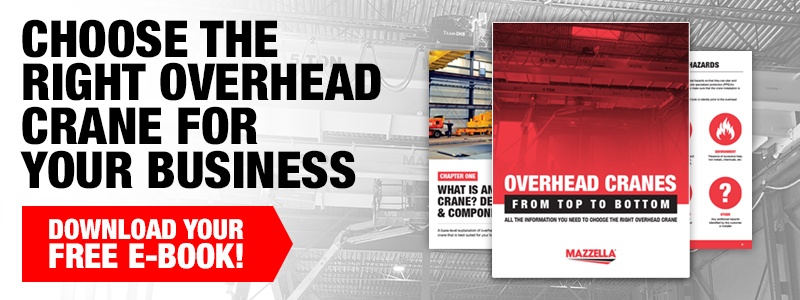
Identify Potential Hazards
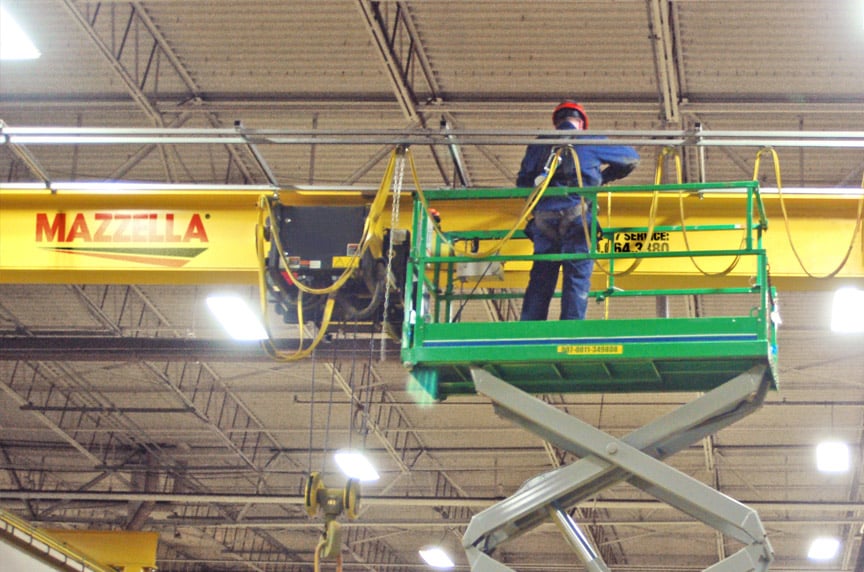
The overhead crane installer will need to identify any and all potential hazards so that they can plan and prepare their team accordingly. Different types of hazards may require specialized protection (PPE) for their team, specialized permits, and other special considerations to make sure that the crane installation is performed safely.
These are the types of hazards that an overhead crane installer will look to identify prior to the overhead crane installation:
- Energy Sources – overhead electrical or gas lines, power/conductor bars, lighting fixtures, etc.
- Traffic Sources – forklifts, man lifts, trucks and semis, personal vehicles, pedestrian walking paths, foot traffic, etc.
- Environment – presence of excessive heat, hot metals, chemicals, etc.
- Working at heights – anything over 4 feet, ladders, scaffolding requires proper fall protection
- Hazardous Energy – identify any equipment requiring lock-out/tag-out per OSHA 1910.147
- Any additional hazards identified by the customer or installer
Review Details for the Crane’s Runway System
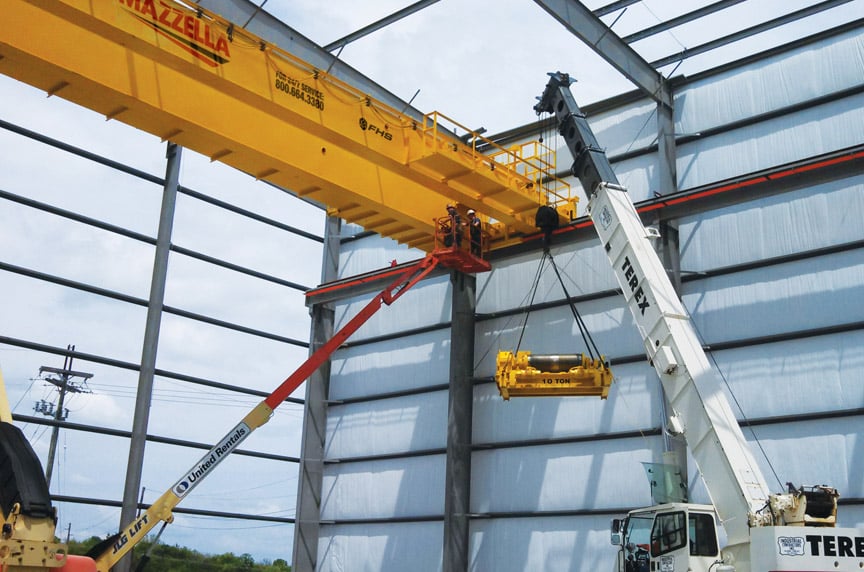
Whether the overhead crane installer is building a new runway system, or utilizing an existing runway system, the installer will want to plan accordingly to make sure that the crane installation goes smoothly.
For an existing system, the installer will want to verify the span measurement per the approval drawing. They will also inspect the runway beams and any type of electrification system to make sure that everything is in proper alignment. A runway system that is out of alignment can cause operation problems and cause premature wear on the components of an overhead crane.
For a new installation of a runway system, the installer will review all approval drawings and specifications, verify measurements and support loading ratings, and also identify any process lines, machinery, or other items that may interfere with installation. The installer will also need to verify that the crane will be able to pull power from the building and all electrical work will be complete prior to the scheduled install date.
Commit to the Crane Installation Date
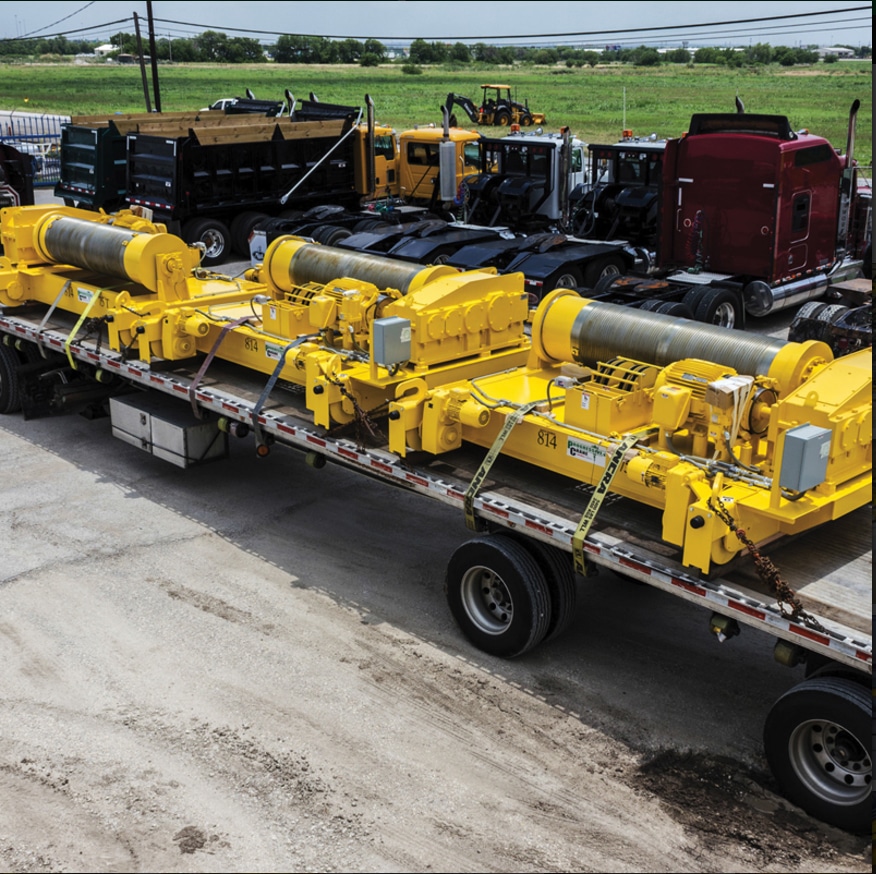
As you get closer to the actual installation date, phone calls and conversations with the installers will become more frequent—possibly even occurring daily. Everyone will want to be on the same page so that any changes in scheduling, staffing, or production can be communicated so that adjustments can be made to the scheduled crane installation time frame.
Once you get within an agreed-upon window prior to the scheduled installation date, everything begins moving full speed ahead in order to coordinate the logistics, transportation, and scheduling of workers, material, and equipment.
Some overhead crane manufacturers require 30 days change notice to the scheduled install date, and other manufacturers may only require 7 days prior to make any changes to the scheduled install date. Make sure that you have a clear understanding of the “point of no return” for your overhead crane installation. Once the process gets rolling, there’s really no way to stop it as the crane and installation equipment is probably en route to your facility. Also, consider all of the different people that will be involved in the installation process and all of the effort involved to coordinate their schedules:
- Truck drivers
- Mechanical installers and mechanical assemblers
- Riggers, who will do the majority of the unloading and setting up of equipment
- Crane operators
- Electrical specialists
- Crane technicians
Your agreement or contract with the installer will specify that if any type of delay occurs within that 7-30 day cancellation window, you will incur significant charges related to paying employee wages, and rental of equipment.
It is so important that you keep in constant communication with the crane installer and notify them immediately of any issues or concerns that could delay their installation time frame.
Load-Test Your Newly Installed Crane System
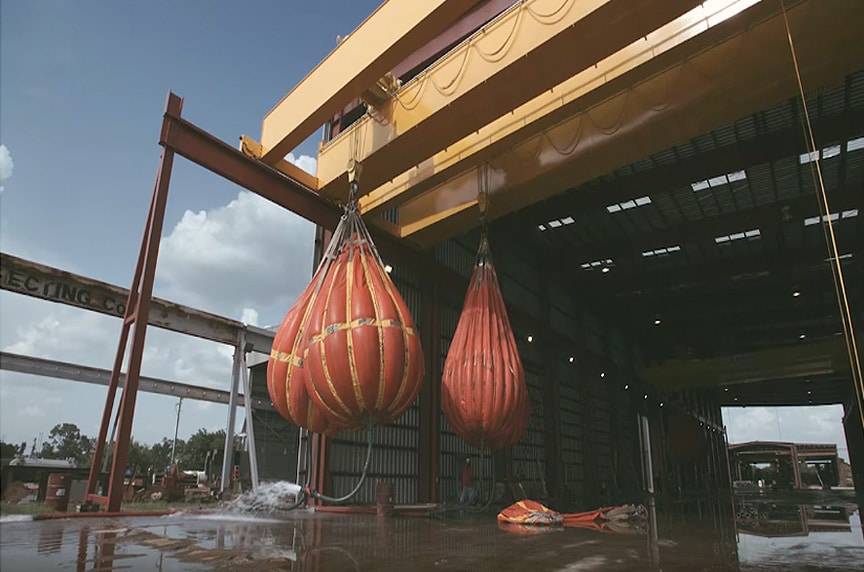
Once the crane has been erected and installation is complete, the crane will need to be started up and load-tested to make sure everything is in working order. A third-party testing company may be brought in to perform the test and ensure that the crane will operate safely and productively.
Per OSHA 1910.179 Overhead & Gantry Cranes Regulations, your new crane system will need to have two operational tests, plus a rated load test performed prior to initial use:
- Testing of the hoist operation up and down; trolley travel; bridge travel; limit switches and locking and safety devices.
- Testing of the trip setting of the hoist limit switches to make sure the actuating mechanism of the limit switch is functioning properly.
- Load test the crane at no more than 125% of the rated load and keep test reports on file where readily accessible.
The load testing of the crane can be performed with a variety of materials including concrete, steel, or water weight bags.
Wrapping it Up
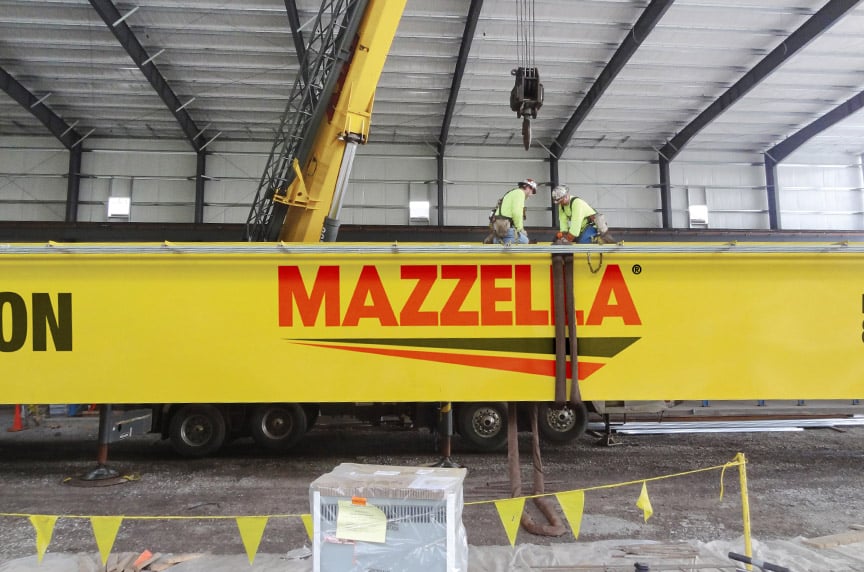
The installation of overhead lifting equipment requires experience and attention to detail to prevent potentially dangerous safety issues. Mazzella offers unparalleled experience and expertise in erection and start-up installation of the following:
- Cranes
- Electrification Systems
- Runways
- Hoists
At Mazzella, we provide our customers with the best turn-key crane systems. We offer complete installation, load testing and start-up services on every crane we sell.
If you’re looking to partner with an experienced and reliable overhead crane manufacturer, or want to schedule a consultation, give us a call today. We offer free quotes and consultations on every project!
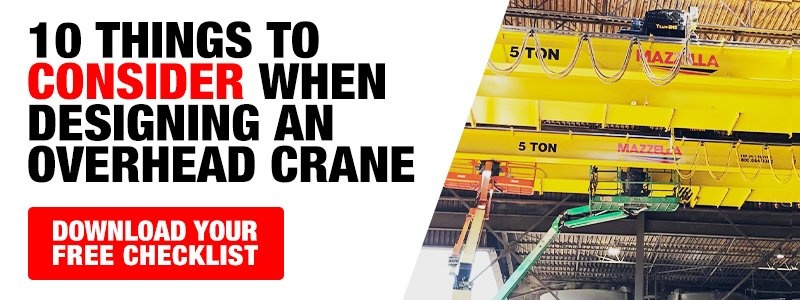
Copyright 2017. Mazzella Companies.
